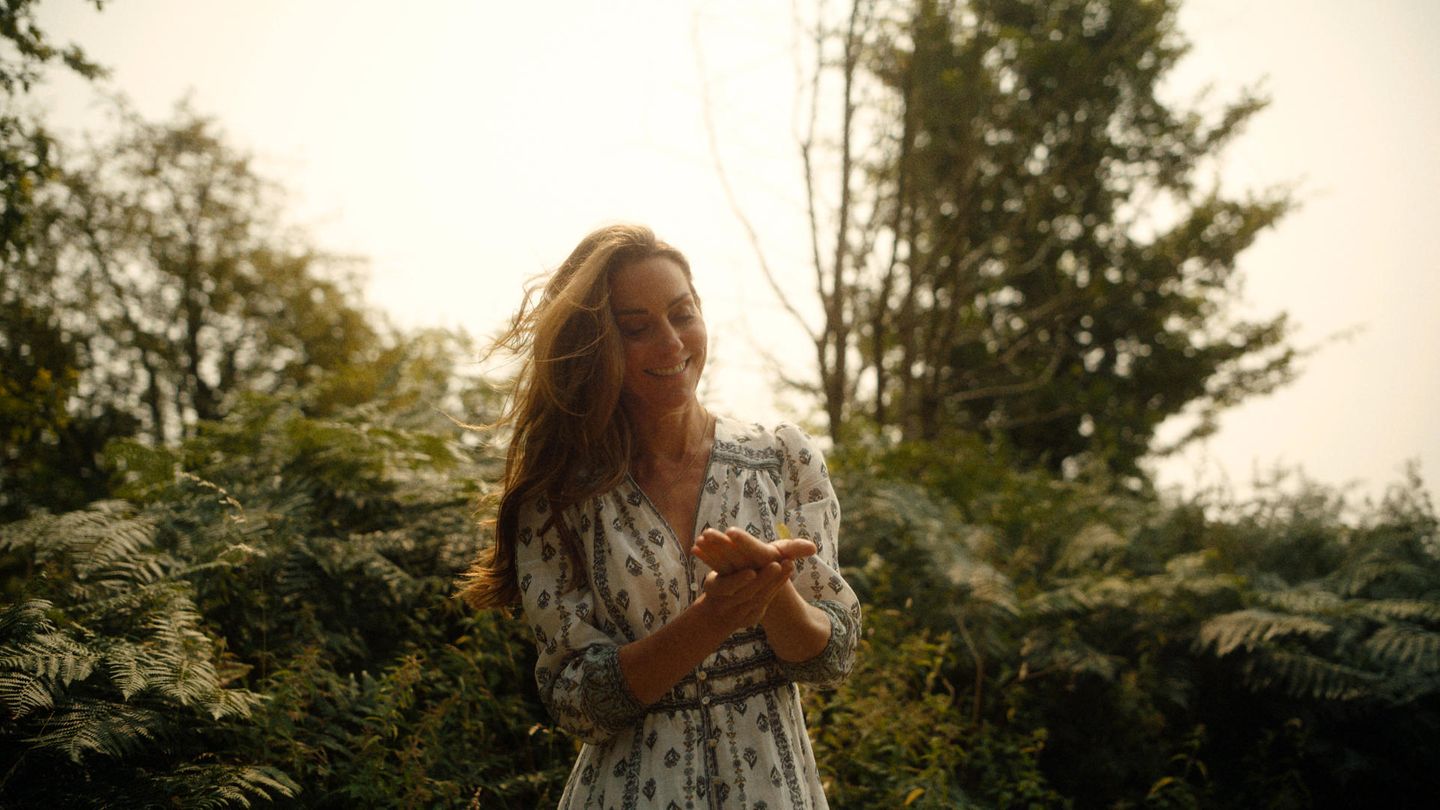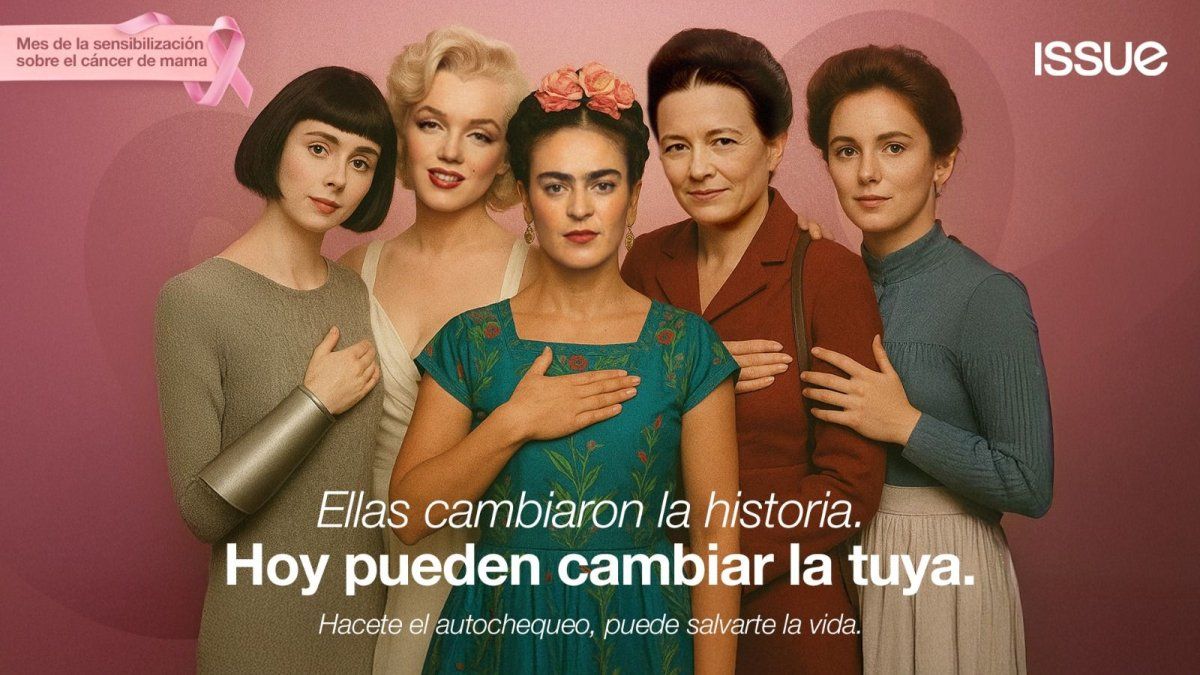Princess Kate has finished her chemotherapy – an important step in the fight against the disease. But no one can say for sure whether the cancer has been defeated.
Princess Kate has reportedly completed preventative chemotherapy. What exactly is that?
In fact, there is no such thing as preventive chemotherapy. But we’re still reading about it. So what does that mean?
When doctors remove a tumor, they often cannot be sure that individual cancer cells have not remained in the body. Such cells are difficult to detect even with the most modern techniques. However, they can still be caught and rendered harmless using certain medications. This is why doctors sometimes recommend adjuvant chemotherapy to their patients.
The substances used are called cytostatics. They are designed to prevent cancer cells from dividing and thus multiplying. The problem is that the substances do not reliably distinguish between healthy and degenerated cells. However, since the rate at which many cancer cells divide is very high, they are particularly susceptible to the effects of the drugs.
Collateral damage to healthy tissue is inevitable. Cells in the mucous membrane, hair roots or bone marrow, for example, also divide relatively frequently. This is why side effects such as loss of appetite, hair loss, nausea, vomiting and a higher risk of infection are not uncommon.
Often, not just a single drug is used, but a combination of several cytostatic drugs that are administered to the patient – either as an outpatient or inpatient in hospital – over several consecutive treatment cycles. Adjuvant chemotherapy can thus extend over several months.
After chemotherapy: Which examinations are important now?
Regular follow-up examinations are necessary to assess the long-term success of chemotherapy and to detect relapses in good time. Even if no tumor cells can be detected after cancer treatment, the disease can still flare up again. The examinations also help doctors to detect and treat long-term effects of the treatment.
Such an appointment usually begins with a medical history, during which patients can report on possible symptoms, and a physical examination. Depending on the type of cancer, additional imaging procedures such as ultrasound, MRI or CT are often used, or various blood values are determined.
Full length video message: Princess Kate finishes chemotherapy
03:18mins
There are no clear rules as to who will take over and coordinate the aftercare. This could be the oncologist who originally treated the patient, or another doctor. It is important that the person has a complete overview of all previous treatments and pending examinations. This is because oncological aftercare after cancer usually extends over many years. In the first period after treatment has been completed, the checks are still relatively frequent. Over time, the periods between examinations become longer.
What does a healthy lifestyle look like after cancer treatment?
After chemotherapy or other cancer treatment, rehabilitation can help you get back on your feet. What exactly happens there depends on the type of tumor and the treatment you have had. After breast cancer surgery, it may be about being able to move your arms better again; after an operation on the larynx, speech therapy is often offered. In addition, you are taught what lifestyle can help you stay healthy after cancer treatment, which is why the offer often includes endurance and strength training as well as nutritional advice.
Exercise is particularly important for cancer patients: it stimulates the appetite, as many have lost a lot of weight due to the disease itself or the side effects of chemo. Strength training helps to rebuild lost muscle mass, and targeted exercises give you more mobility after surgery. Endurance training has a strong mood-enhancing effect and counteracts depressive symptoms and the exhaustion typical of cancer. When it comes to eating, more protein is recommended to rebuild muscle than before the disease, as well as a healthy, plant-based mixed diet with lots of fruit and vegetables, whole grain products and pulses, which are also good sources of protein. Red and processed meat such as sausage and ham should be consumed in small quantities. Alcohol should not be consumed or should only be consumed in moderation because it increases the risk of a relapse. Smoking should be taboo, especially after cancer.
The truth is, however, that not every cancer or relapse can be prevented, no matter how healthy a person’s lifestyle is. Around 40 percent of all tumors are considered “preventable” by avoiding risk factors such as smoking or obesity – or by vaccinating young people against HPV viruses, which cause cervical cancer, for example. But the remaining 60 percent of cancers occur largely independently of lifestyle: there is often a clustering of cancer in families, many people are genetically predisposed, others become ill because of their age because the risk of many tumors increases with age. Lifestyle cannot be blamed for this – and certainly not the person who is ill.
What is the prognosis for Princess Kate’s cancer?
All cancer patients are haunted by this question: Is my cancer still lurking somewhere in my body, even though it cannot be detected using even the most sophisticated examination method? In the first few months after treatment, it is usually impossible for doctors to give a reliable prognosis. There are exceptions to this rule: for example, if colon cancer has not yet penetrated the top layer of the mucous membrane or breast cancer has not yet spread to the so-called “sentinel lymph node” under the armpit, patients can assume that the disease has actually been cured at an early stage. Unless they carry certain genetic risk factors that significantly increase the risk of a recurrence.
However, because Kate received adjuvant chemotherapy, it can be concluded that the doctors could not rule out the possibility that her cancer had spread. She may be in the stage of “complete remission,” which would mean that the disease can no longer be detected using any of the available diagnostic measures. According to the Cancer Information Service, it may even be the case that only individual tumor cells survive in the tissue without dividing. There are also “dormant tumors” – tiny metastases that do not grow because as many cells die as are formed. Researchers do not yet know much about which trigger factors will one day cause them to grow. A complete remission does not mean that the cancer is cured.
“The risk of relapse in almost all cancers is highest in the first five years after diagnosis,” says oncologist Marianne Sinn (). It is particularly high in the first one to two years and then decreases continuously. As a rule, a cure is only said to exist if the cancer has not returned after five years – although this is only a rule of thumb, as certain types of cancer can flare up again decades later. According to the Cancer Information Service, over half of all cancer patients survive their illness for more than five years – and this also includes those who are not cancer-free. The survival time also depends very much on the type of cancer: for breast or colon cancer, it is on average higher than for pancreatic, liver or lung cancer, for example – also because of the great experience and the many treatment options. However, this is also just a blanket statement that says little about individual cases.
Long-term survival: What are the long-term effects of cancer?
The English term “cancer survivor” has also become established in Germany. This refers to patients who have lived for more than five years after their cancer diagnosis. Some are considered cured, others have chronic cancer. What all long-term survivors have in common is the experience of having survived a dramatic crisis. Some can lead a largely normal life after treatment, but many suffer from physical, mental and social long-term effects, such as heart, lung and kidney damage, fertility and sexuality problems, side effects on the skin, mucous membranes and teeth, nerve damage, chronic exhaustion, concentration and fine motor skills problems, anxiety, depression and chronic pain, a new (second) cancer diagnosis and family, professional and financial problems.
Coping with the serious illness mentally is a long process. Many people manage to regain their balance. In studies, people with cancer rate their quality of life as better than healthy people. Researchers speak of a “response shift”; the criteria for evaluating those affected have shifted. Many are grateful for what everyday life gives them – time spent with family or friends, a summer day at the lake, concentrated hours of work in the office.
If you ask long-term survivors about the most difficult burden, they often mention the fear that the tumor will return. Continuous and, above all, individual aftercare is important.
If you have any questions, the Cancer Information Service of the German Cancer Research Center in the Helmholtz Association (DKFZ) will be happy to help.
For patients, relatives and those seeking advice with questions about cancer:
- Telephone service: 0800 420 30 40
Doctors will answer your questions at this number every day from 8 a.m. to 8 p.m. The call is free within Germany. - Email service: or by
Doctors at the Cancer Information Service usually respond to email inquiries within two working days.
Source: Stern
I’m Caroline, a journalist and author for 24 Hours Worlds. I specialize in health-related news and stories, bringing real-world impact to readers across the globe. With my experience in journalism and writing in both print and online formats, I strive to provide reliable information that resonates with audiences from all walks of life.




